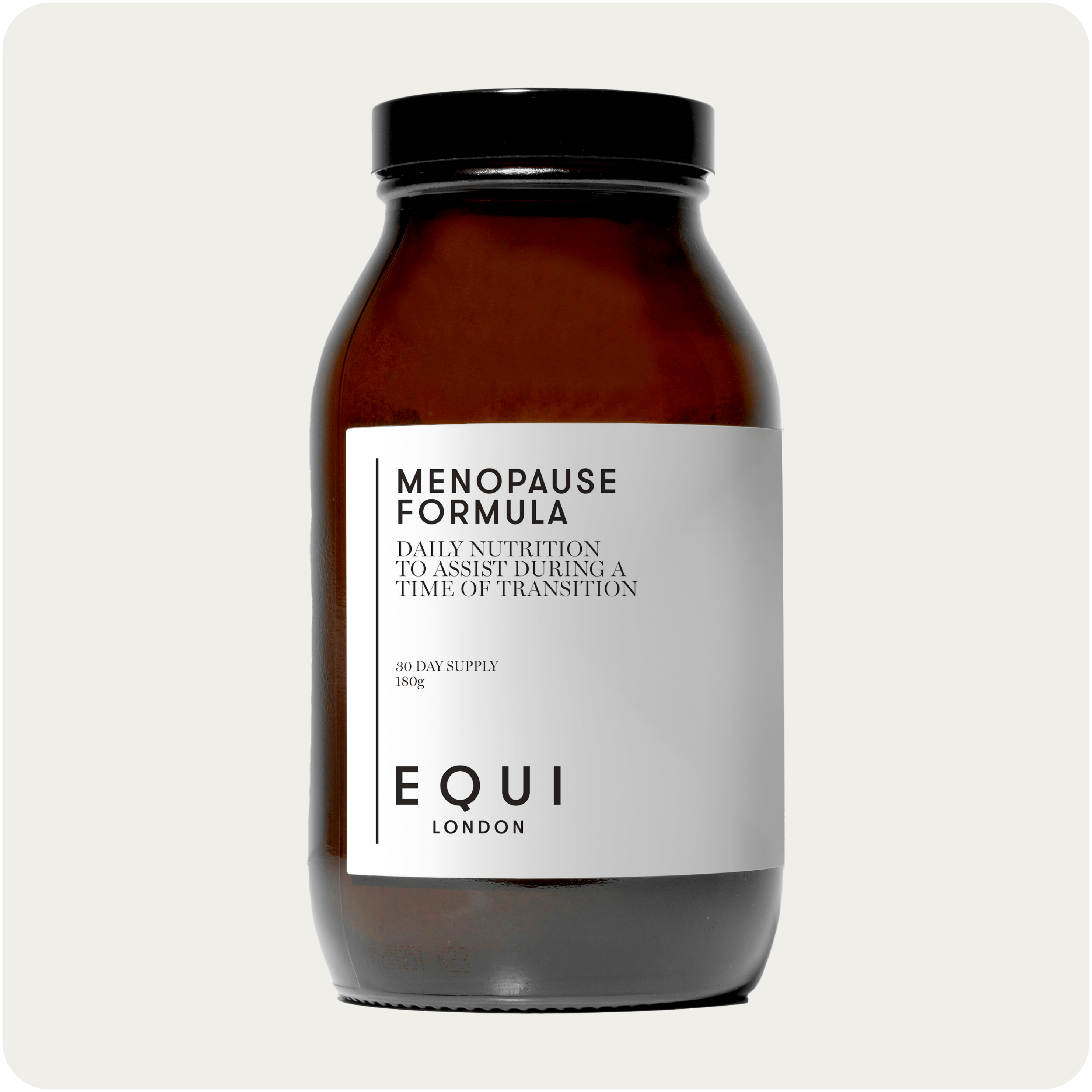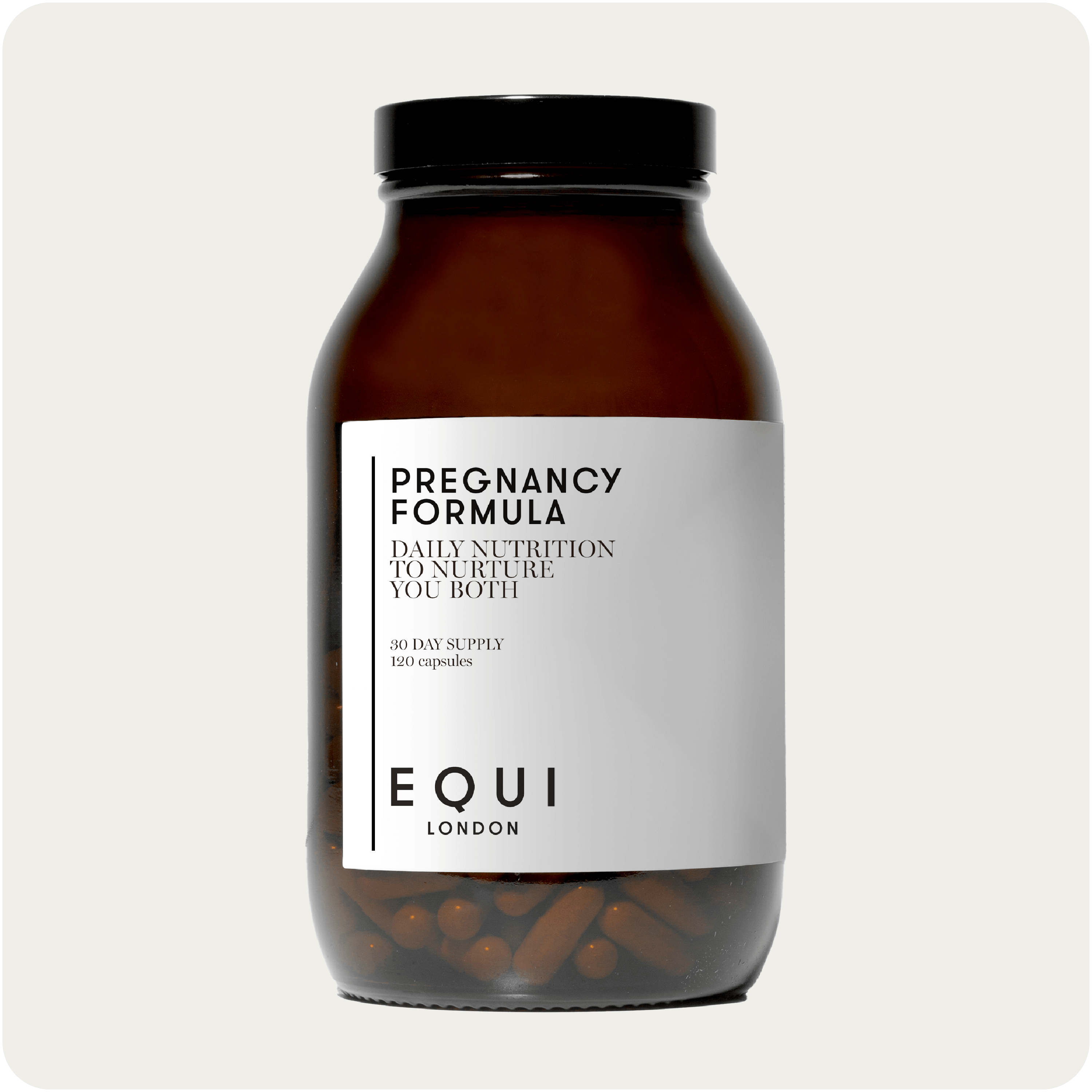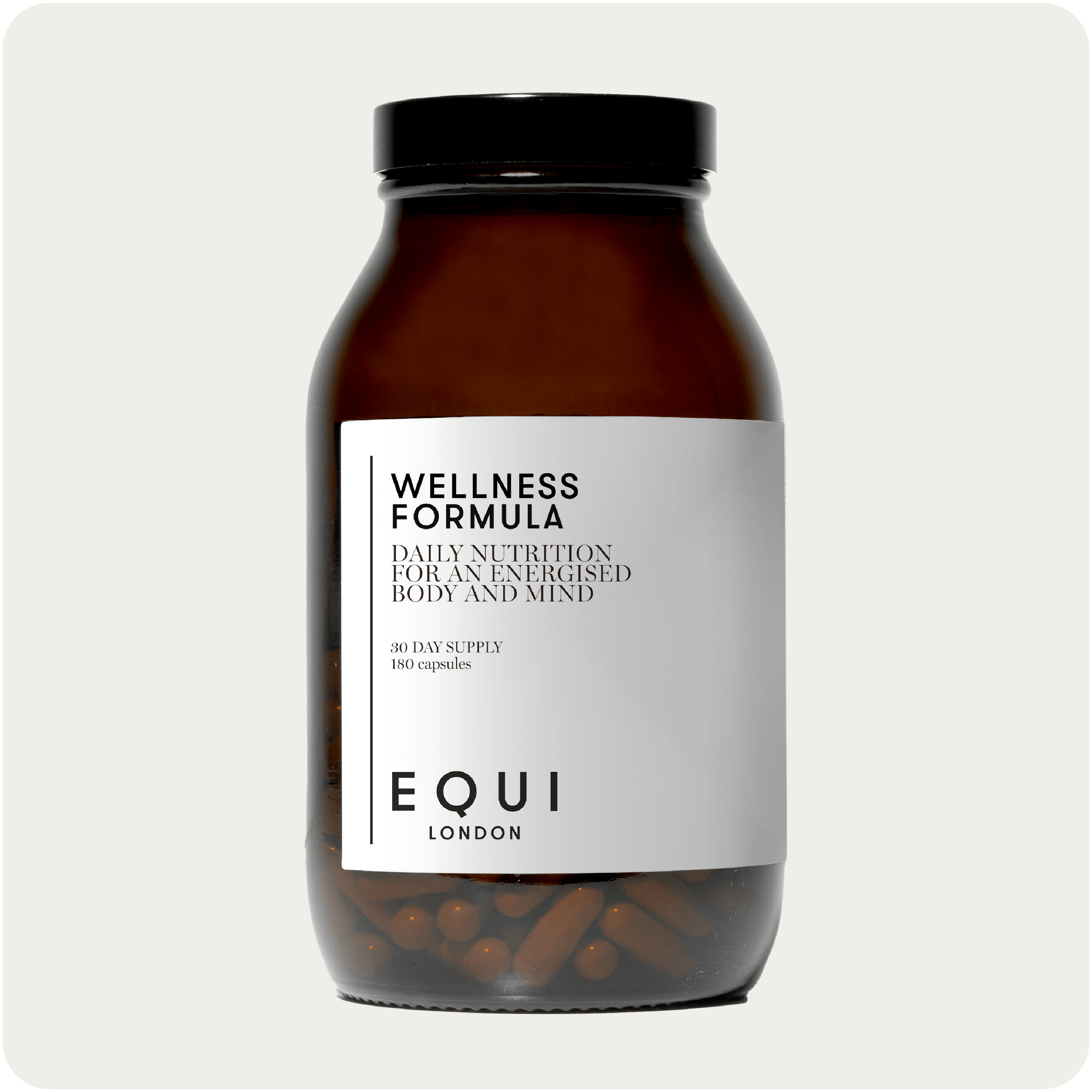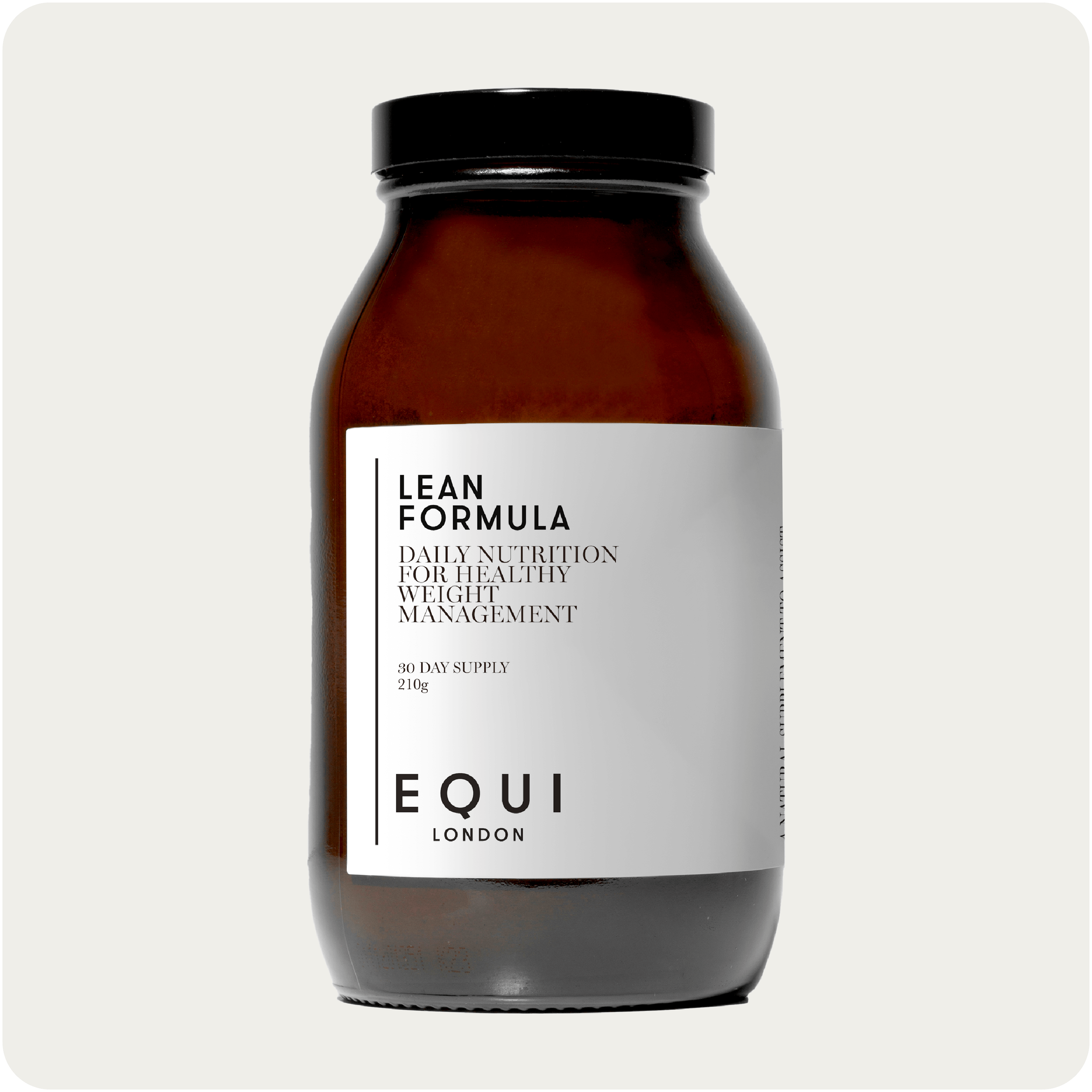
With the summer holidays almost upon us, over the next few weeks we will provide you with everything you need to know to get summer ready! Think of it as your Summer Survival Guide.
This week, we investigate the disconcerting phenomenon known as 'flight bloat', a consequence of sedentary air travel. We've all experienced the dreaded flight bloat - puffy ankles, a tight waistband, and that oh-so glamorous feeling of being inflated like a helium balloon. A small price to pay for the joy of travel, you say? Well, what if we told you that it doesn't have to be!
In this comprehensive guide, we aim to delve into the science behind flight-induced water retention and bloating, providing you with an understanding of why our bodies react the way they do when airborne. Importantly, we will also explore an array of practical solutions to mitigate these effects. Equipping yourself with knowledge and the right tools can transform your journey, ensuring it is free from the discomfort of bloating. From hydration strategies to smart nutritional choices and physical exercises, we will guide you through effective ways to combat bloating and make your flying experience as comfortable as possible.
Understanding ‘Flight Bloat’
Air travel is an incredible convenience of modern life, but it can introduce certain physiological challenges, one of which is increased water retention. Several factors contribute to this condition when we fly. Firstly, the cabin pressure in an airplane, which is lower than at sea level, can cause gases in the body to expand and lead to bloating (1). Secondly, the dry cabin air has a dehydrating effect, causing the body to hold onto its water stores as a defence mechanism, which can lead to water retention. Additionally, long periods of inactivity during flight can lead to poor circulation, particularly in the legs. This can result in fluid build-up or oedema, commonly manifesting as swollen feet and ankles (2). Lastly, the consumption of salty foods and caffeinated or alcoholic beverages, often available on flights, can exacerbate dehydration and lead to ‘flight bloat‘ and water retention. Understanding these factors is the first step towards managing flight-related water retention effectively.
The Importance of Hydration
Hydration plays a key role in managing water retention during air travel. The dry environment in an aircraft cabin can lead to a greater loss of bodily fluids, triggering dehydration. When dehydrated, our bodies tend to hold onto water, leading to bloating and water retention. Maintaining good hydration before, during, and after a flight can help counteract this effect. Here are our top tips to stay hydrated when flying:
- It’s all about little and often – It is recommended to consume just over 200ml or a small cup of water for every hour you're in the air according to the research (3). Don’t be afraid to ask the cabin attendants for water, or better still, take a large refillable bottle with you to the airport and fill it up before you board. Most airports have water fountains available so you can avoid a hefty price for a small bottle, which won’t be enough to keep you hydrated. Also, do try to begin your hydration journey even before you board the plane! Aim to have 1-2 glasses of water a couple of hours prior to your flight. And don't forget to continue hydrating after landing to replenish any lost fluids during the flight.
- While in the air, try to avoid alcohol and caffeinated drinks - As tempting as it is to hit the bar, alcohol and fizzy drinks can further dehydrate the body, contributing to ‘flight bloat’ in two ways. Firstly, they can dehydrate the body; alcohol is a diuretic, which increases urine production, and carbonation can result in a full or bloated feeling. This can prompt the body to retain more water as a protective response. Secondly, in the case of fizzy drinks, the gas or 'fizz' can get trapped in your digestive system, leading to a bloated stomach. Further, the high sugar content in many of these drinks can also cause inflammation and contribute to bloating. Hence, it's best to limit these during air travel. If you do have a drink, be sure to compensate this with lots of water.
- Consume hydrating foods - Hydration doesn't just come from drinking water; it can also be achieved through consuming water-rich fruits and vegetables like watermelon and cucumber. Eating fruits and vegetables with high water content is an excellent way to stay hydrated and minimise bloating. Studies have shown that some foods can help to reduce ‘flight bloat’ as they are not only hydrating but also packed with essential vitamins, minerals, and fibre, promoting better digestion and overall health (4). Including fruits and vegetables in your diet before and after flying can support your body's hydration levels and help to manage bloating, which leads us nicely onto our next point.
Smart Snacking
Getting clever with your food choices before, during and after your flight can really help you beat the bloat. Here, we provide you with a few snack ideas that are not only low in sodium but also hydrating and convenient for travel:
Fresh Fruit Pot
Fresh fruits like watermelon, oranges, strawberries, and kiwis are both low in sodium and high in water content. For example, as its name implies, watermelon is rich in water (92%). It's also a good source of potassium, which can help balance out sodium in the body too.
Oranges and strawberries are 88% and 92% water and a rich source of fibre, vitamin C, and potassium. Prep your fruit to take onboard and carry it in a container or Ziplock bag in your hand luggage. For an on-the-go option, head to Pret at the airport.
Veggie Sticks with Hummus
Sliced cucumbers, peppers, and celery make a great low-sodium, hydrating snack.
With a water content of 96%, cucumbers are incredibly hydrating. They're also low in sodium, reducing the risk of water retention. Red peppers are about 92% water and are high in capsaicin, which studies have shown can reduce bloating and improve digestion. And finally, celery is over 95% water, and it's also rich in potassium and a type of fibre called pectin that can aid digestion and reduce bloating! Both Wellness (Original) and Beauty Formulas contain apple pectin, which may help reduce ‘flight bloat’ when taken regularly. Pair your crudités with some low-sodium homemade hummus. Here's a quick hummus recipe for you:
- Blend 1 can of drained, rinsed chickpeas with 2 cloves of garlic, juice of 1 lemon, 2 tablespoons of tahini, 2 tablespoons olive oil, 1 teaspoon ground cumin, and a splash of water until smooth. Add more water if necessary and adjust to taste.
Chia Pudding
Chia seeds are a powerhouse of nutrition and can contribute to reducing ‘flight bloat’ in a few ways. They are rich in fibre, which can help promote regular bowel movements, reducing constipation and bloating (5). Chia seeds also have high water-absorbing properties, which can contribute to maintaining hydration, especially during long flights. Additionally, they contain a substantial amount of alpha-linolenic acid, a type of omega-3 fatty acid known to reduce inflammation, which may further help alleviate bloating (6). However, it's important to note that consuming chia seeds with insufficient water can lead to digestive discomfort. So, make sure to consume them with plenty of liquids. You can even add 1 tbsp chia seeds to your water ahead of taking your flight! Here’s a simple chia pudding recipe for an easy airport or flight snack:
- Mix 3 tablespoons of chia seeds with 1 cup of unsweetened almond milk and a little honey or a mashed banana for sweetness. Leave it in the fridge overnight, then top with fresh fruit before packing in your hand luggage.
Unsalted Nuts and Seeds
Remember, if you're buying pre-packaged snacks, always check the nutritional label for sodium content. Even foods that don't taste salty can still contain significant amounts of sodium – nuts are a good example of this. Find a raw nut mix of almonds, walnuts, and pumpkin seeds to provide you with a satisfying, nutrient-dense snack that's low in sodium.
Digestive Enzymes
Not a snack as such, but worth a mention as digestive enzymes do have some evidence to aid digestion and reduce bloating, potentially helping with ‘flight bloat’. Digestive enzymes play a vital role in digesting proteins, fats, and carbohydrates. When you're flying, changes in cabin pressure along with the stress of travel can disrupt your digestive system's normal function, leading to bloating and discomfort. Taking a digestive enzyme supplement can aid digestion and reduce these symptoms. Several studies have shown that the use of digestive enzyme supplements can reduce symptoms of indigestion. One study found that a digestive enzyme supplement significantly reduced feelings of fullness, bloating, and discomfort (7). Because supporting digestion is a top priority here at Equi, we have included digestive enzymes such as papain and bromelain in all our Formulas (aside from Pregnancy Formula). Remember, that while digestive enzymes can assist in reducing bloating, they are not a substitute for a healthy diet and lifestyle.
Easy Exercises
Sitting for extended periods, such as during a long flight, is another main culprit of ‘flight bloat’. Movement is crucial as it can help alleviate water retention and bloating by promoting blood circulation. It has the added benefit of preventing stiffness and discomfort and reduces the risk of deep vein thrombosis (DVT), especially during long haul flights. Here are some really simple exercises you can do during your flight:
Seated Exercises
The great news is that some of these exercises can be performed from the comfort of your seat! We recommend doing these as many times as possible, ideally every hour or so.
- Foot Pumps - With your heels on the floor, point your toes upward as high as you can. Then, keep the balls of your feet on the floor and lift your heels high. Repeat this sequence 10 times.
- Ankle Circles - Lift your feet off the floor and draw a circle with your toes, first in one direction, then the other. Do this for each foot.
- Knee Lifts - Lift your leg with your knee bent while contracting your thigh muscle. Alternate legs and repeat 20-30 times.
Shoulder Rolls - Raise your shoulders and then move them forward, downward, and then back in a smooth circular movement.
Standing Exercises
Hopefully with all that additional fluid you are going to be drinking on board, you may need some regular toilet visits! Use this as an opportunity to perform the following simple standing exercises:
- Calf Raises - Stand and hold onto the back of your seat for support, then raise your heels off the floor, standing on your toes. Lower yourself back down and repeat 10-15 times.
- Knee Bends - Stand beside your seat and hold onto it for support. Bend your knees and squat down slightly, then stand back up. Do 10-15 repetitions.
- Walking - Every hour, take a quick walk up and down the aisle of the plane. This will help stimulate blood circulation.
Remember, the goal is to keep your body moving, so even small movements can be beneficial during a flight. Always consider your own comfort and safety, (as well as that of your fellow passengers!), when exercising on a plane.
Post-Flight Recovery
If you’ve stuck to our guide above to the book then you should be feeling fairly bloat free when you get off your flight, however, it’s important to not throw all this good work out the window the minute you land. Continue to ensure you stay hydrated, through your water intake and the foods mentioned above, do watch your alcohol and caffeinated drink intake and keep those sodium and potassium levels in check.
We also recommend staying on track with your supplement routine, even when on holiday. Our Formula’s contain optimal levels of vitamins, minerals, herbs, probiotics, superfoods, and active ingredients to help keep your body in balance and bloat free. All you need to do is find the right Formula for you and your needs – take our Quiz.
References
-
Schmidt, W., Prommer, N., (2013). 'The optimised CO2-determination method and its application to the oxygen and carbon dioxide fluxes in humans.' European Journal of Applied Physiology, vol. 113, no. 3, pp. 743-751.
-
Kuipers, S., Cannegieter, S. C., Middeldorp, S., Robyn, L., Büller, H. R., Rosendaal, F. R., (2007). 'The Absolute Risk of Venous Thrombosis After Air Travel: A Cohort Study of 8,755 Employees of International Organisations.' PLoS Medicine, vol. 4, no. 9, e290.
-
Turner, M., Jenkins, S., Guadagnoli, M. A., & Block, G. D. (2007). 'Aerospace Medical Association Medical Guidelines for Airline Travel, 2nd edition.' Aviation, Space, and Environmental Medicine, vol. 78, no. 5, pp. 570-581.
-
Ovaskainen, M.L., et al., (2008). 'Dietary intake of potassium; sodium; fruits; and vegetables and blood pressure.' Public Health Nutrition, 11(8), pp.920-926.
-
Ho, H., Lee, A. S., Jovanovski, E., Jenkins, A. L., DeSouza, R., & Vuksan, V. (2016). 'Effect of whole and ground Salba seeds (Salvia Hispanica L.) on postprandial glycemia in healthy volunteers: a randomized controlled, dose-response trial.' European Journal of Clinical Nutrition, vol. 70, no. 7, pp. 819–824.
-
Vuksan, V., Jenkins, A. L., Brissette, C., Choleva, L., Jovanovski, E., Gibbs, A. L., ... & Duvnjak, L. (2017). 'Salba-chia (Salvia Hispanica L.) in the treatment of overweight and obese patients with type 2 diabetes: A double-blind randomized controlled trial.' Nutrition, Metabolism and Cardiovascular Diseases, vol. 27, no. 2, pp. 138-146.
-
Layer, P., et al., 2001. 'Effects of a fixed combination of peppermint oil and caraway oil on symptoms and quality of life in patients suffering from functional dyspepsia.' Phytomedicine, 8(7), pp. 531-537.











